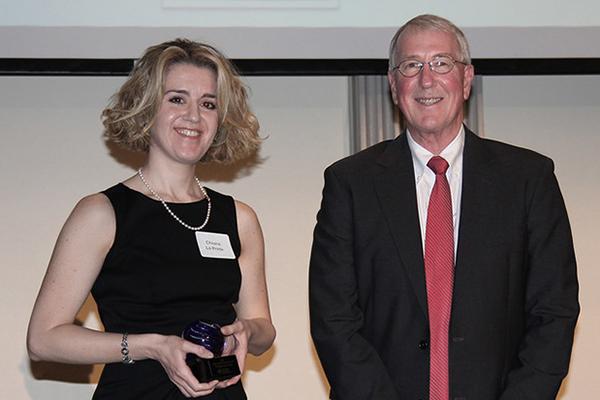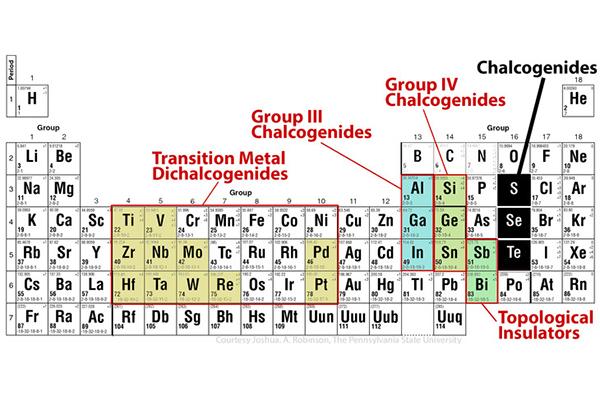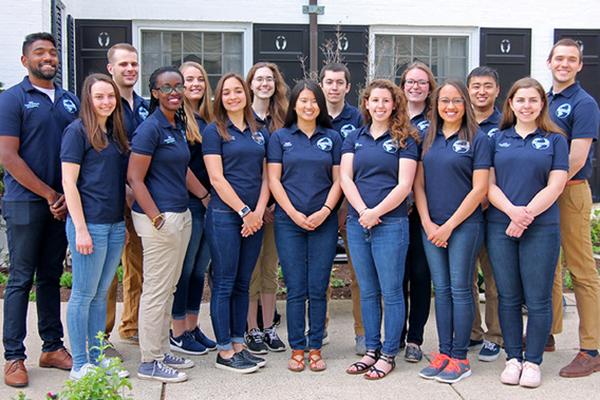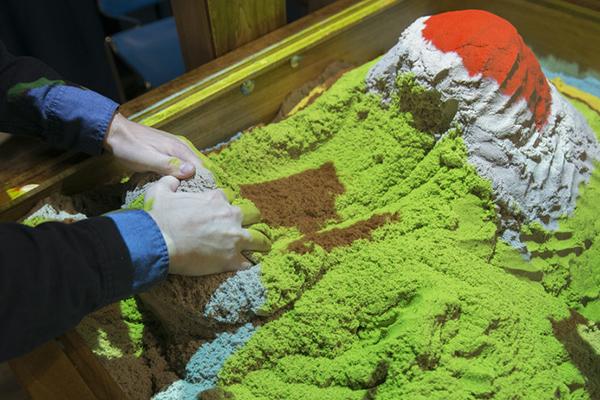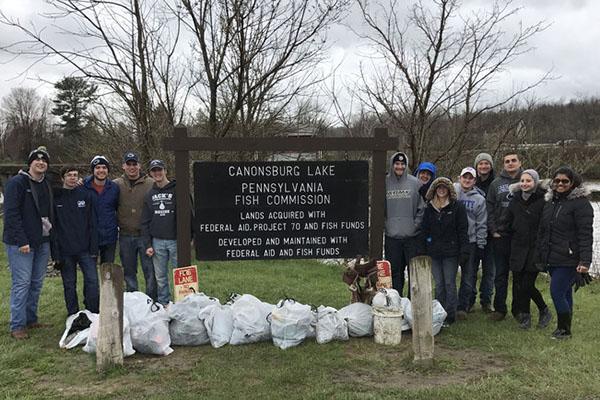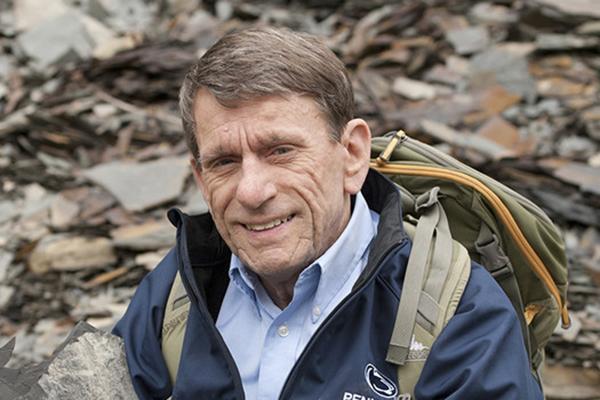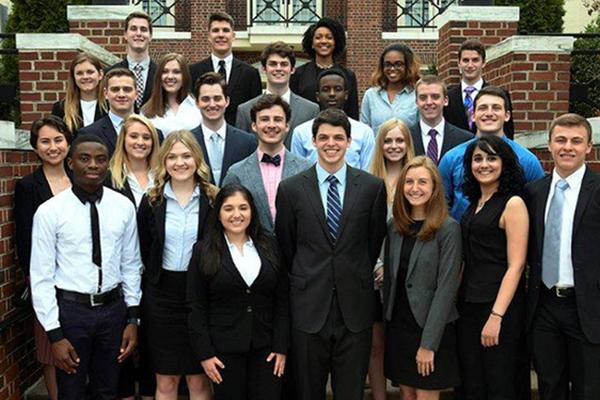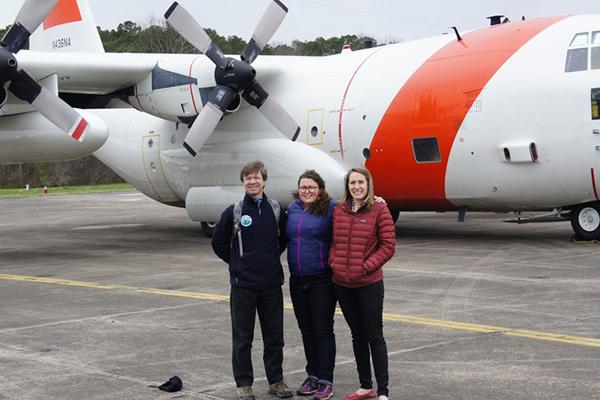-
About
-
Who We Are
-
Our Excellence
-
Enrollments
-
Strategic Initiatives
-
-
Academics
-
Programs
-
Certificate Programs
-
Programs beyond the classroom
-
Weather Education and Outreach
-
Study Abroad/Study Away
-
-
Undergraduate
-
Current Students
-
Student Resources
-
Undergraduate Staff
-
Beyond the Classroom
-
-
Graduate
-
Grad info block
-
Future Students
-
Meet our Graduate Students
-
Visit Us
-
Current Students
-
-
Research & Faculty
-
About Our Faculty
-
Faculty Directory
-
-
News & Events
-
Alumni & Donors
All News
Outstanding faculty and students honored at annual College of EMS awards banquet
The possibilities for the new field of two-dimensional, one-atomic-layer-thick materials, including but not limited to graphene, appear almost limitless. In new research, Penn State material scientists report two discoveries that will provide a simple and effective way to "stencil" high-quality 2D materials in precise locations and overcome a barrier to their use in next-generation electronics.
Penn State opens mapping course on FutureLearn MOOC platform
Penn State’s massive open online course “Maps and the Geospatial Revolution” will open May 8 on FutureLearn, the United Kingdom’s leading MOOC platform.
Stenciling with atoms in two-dimensional materials possible
The possibilities for the new field of two-dimensional, one-atomic-layer-thick materials, including but not limited to graphene, appear almost limitless. In new research, Penn State material scientists report two discoveries that will provide a simple and effective way to "stencil" high-quality 2D materials in precise locations and overcome a barrier to their use in next-generation electronics.
EMS Ambassadors highlight the best of what the college has to offer
EMS Ambassadors are seasoned students in the College of Earth and Mineral Sciences who offer prospective students and their families detailed tours of the college, student living and dining areas, and research and educational facilities. Most importantly, prospective students can hear from their peers what college life at Penn State is like from the newly formed group.
Photo Story: Offering solutions at the Engineering Design Showcase
Penn State engineering seniors' capstone projects presented solutions to real-world problems at the recent Engineering Design Showcase.
Student organization continues commitment to environment through lake cleanup
Eleven members of Penn State’s Positive Energy student group cleaned up several acres of Canonsburg Lake in southwestern Pennsylvania, in a partnership with the Pennsylvania Fish & Boat Commission and the Society of Petroleum Engineers (SPE) Cares program.
Students install solar array in low-income community in Honduras
Thirteen Penn State students in the colleges of Earth and Mineral Sciences and Engineering joined a team of partners to build a solar array in a low-income village in Roatan, Honduras, in March.
Retiring Engelder’s expertise helped fuel natural gas boom across nation
Fifty-eight years ago, Terry Engelder wasn’t yet a world-renowned geoscientist. He was a kid with a keen interest in science, a passion ignited by the space race and fueled by the funds that flowed into schools as the nation sought the next generation of discovery. Using a posterboard and markers, Engelder sketched “Faulting in Western New York” for the junior high science fair. Among the layers Engelder shaped below his hometown was the Marcellus Shale, which decades later Engelder would make famous after successfully projecting it as the second-largest extractable natural gas field in the world.
Presidential Leadership Academy selects 2017 class
The Presidential Leadership Academy's new class of 30 students represents 11 of Penn State's academic colleges.
Recent Penn State graduates earn wings in airborne research project
Two recent Penn State graduates are taking part in the $30 million, NASA-funded Atmospheric Carbon and Transport-America. The project is led by Penn State professor Ken Davis.


